The thousand-year-old culture of Japan
Bathing in hot springs (onsen) is one of Japan's oldest and most iconic experiences. The practice originated in natural hot springs, and was once considered a sacred place for the aristocracy to perform purification rituals.
During the Edo period (1603-1868), onsen developed into a community gathering place, playing a role similar to the public bathhouses of ancient Rome. According to statistics from Japan's Ministry of the Environment, there are now more than 3,000 hot spring baths operating across the country.
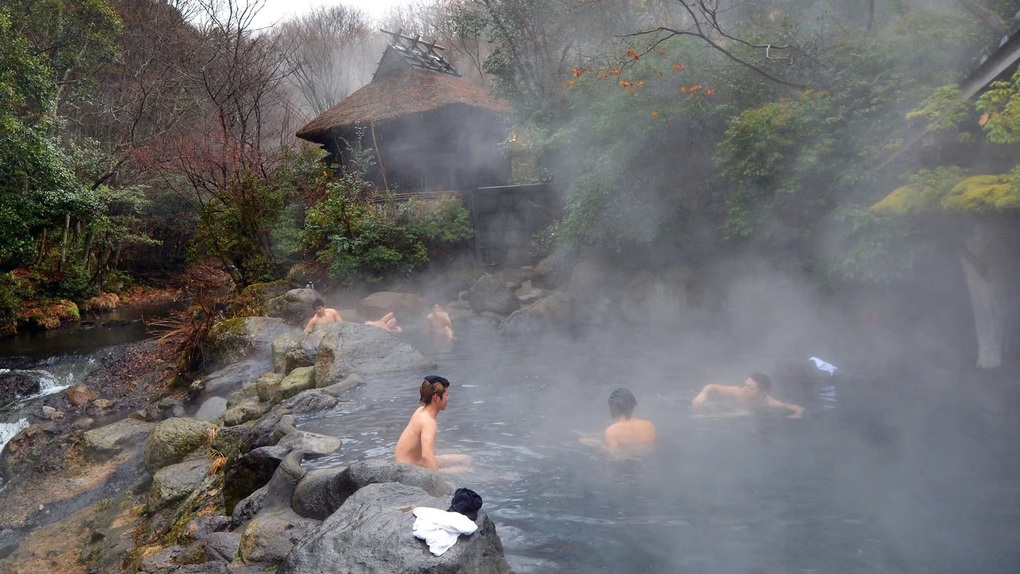
Hot spring bathing is part of Japanese culture (Photo: CNN).
Onsen is not only a form of bathing but also a cultural and social space closely associated with Japanese life. The water temperature is strictly controlled, usually at 34-42°C, helping to relax the body, improve blood circulation and care for the skin.
Onsen establishments typically have two main areas: Uchiyu: Indoor baths, sheltered from the wind, suitable for year-round use; Roten-buro: Outdoor baths, often set amidst natural scenery.
Traditionally, bathing areas were divided between men and women. People bathed completely naked. This was not considered sensitive or strange in Japan, but reflected the naturalness and comfort of communal living.
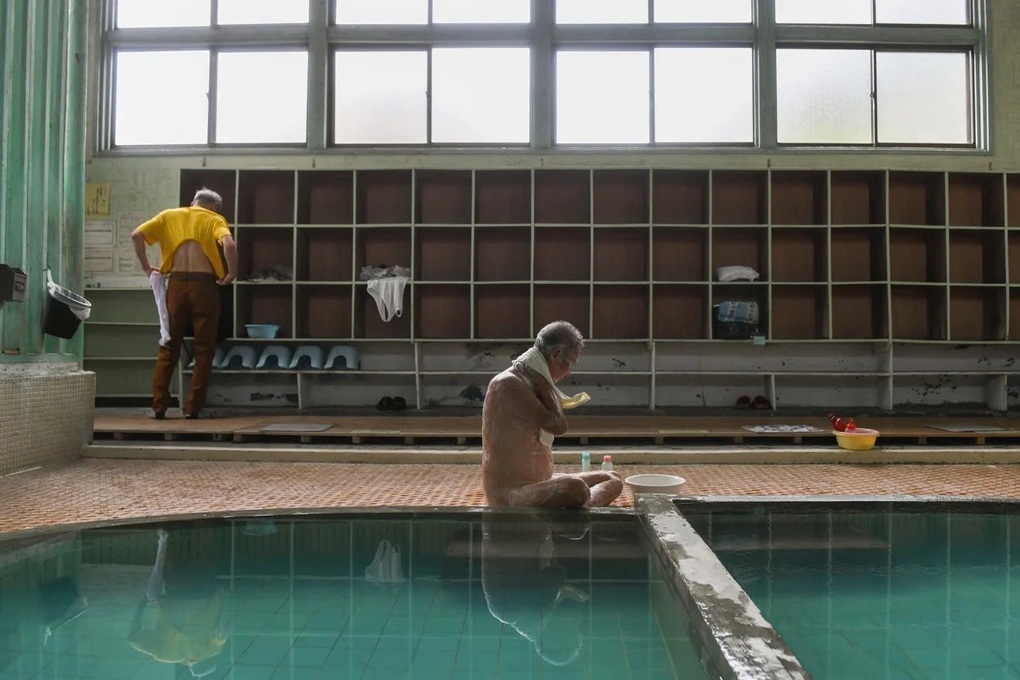
Many hot spring locations offer indoor and outdoor baths (Photo: CNN).
Many foreign visitors often confuse onsen and sentō. The difference lies in the water source: Onsen use natural hot water rich in minerals. Meanwhile, sentō are public baths using artificial hot water, usually located in urban areas.
Although different in water source, both have strict regulations on hygiene and order, requiring guests to shower before soaking in the tub.
Rules and experiences inside a Japanese onsen
Most onsen provide towels, shampoo and shower gel, so visitors do not need to prepare much. When entering the bathing area, guests will take off their shoes and put them in a locker, then pay the entrance fee, which usually ranges from 300-700 yen/time (about 52,000-122,000 VND).
Next, visitors change all their clothes in the changing room, bringing only a small towel into the bathing area. Before soaking in the hot water, it is mandatory to wash yourself in the shower area.
Some basic rules that visitors should note: Do not let the towel come into contact with water, you can put the towel on your head or on the edge of the tub. Keep the space quiet, avoid swimming or splashing water. After finishing, the bather should dry himself before returning to the changing room.
One thing that often makes foreign visitors apprehensive is the ban on tattoos at some traditional onsen, due to their history with criminal organizations.
However, this policy has gradually changed. Since 2024, many resorts have opened their doors to guests with tattoos, showing openness to international visitors.
Travel experts say that soaking in hot springs not only brings a sense of relaxation but also helps visitors gain a deeper understanding of Japanese culture. In the quiet space, everyone focuses on their own experience, without judging or paying attention to others.

Visitors must shower before entering the hot spring bath (Photo: CNN).
Speaking about nude bathing, public bath culture expert Stephanie Crohin said: "No one in the bathhouse notices or judges anyone else. Everyone is focused on their own relaxing moment."
She encourages visitors to consider this a unique cultural experience, not just a bath.
Soaking in hot water under a snowy winter sky is an iconic image of Japanese tourism - an experience that many international tourists consider the most memorable in their journey to explore the land of the rising sun.
If it's your first time experiencing onsen, choose resorts or hot spring towns that have English-language guides to easily adapt to Japan's nude bathing culture.
Source: https://dantri.com.vn/du-lich/co-gi-ben-trong-suoi-nuoc-nong-khoa-than-o-nhat-ban-20251019163058603.htm







![[Photo] Cat Ba - Green island paradise](/_next/image?url=https%3A%2F%2Fvphoto.vietnam.vn%2Fthumb%2F1200x675%2Fvietnam%2Fresource%2FIMAGE%2F2025%2F12%2F04%2F1764821844074_ndo_br_1-dcbthienduongxanh638-jpg.webp&w=3840&q=75)




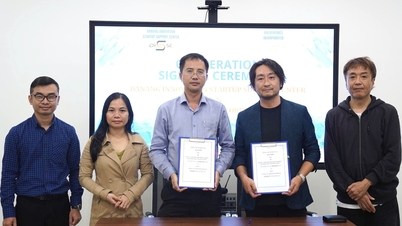

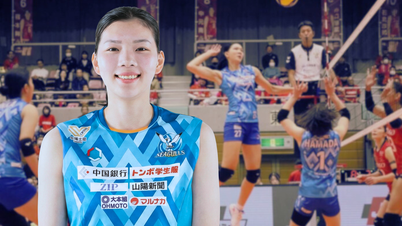


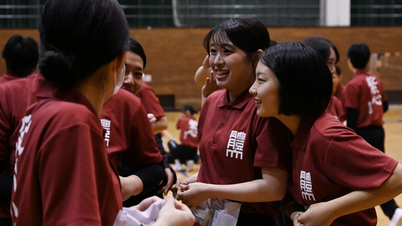
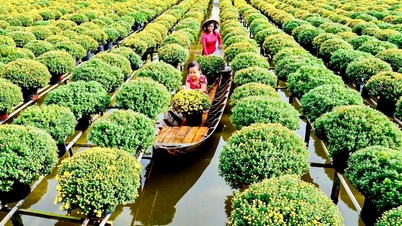



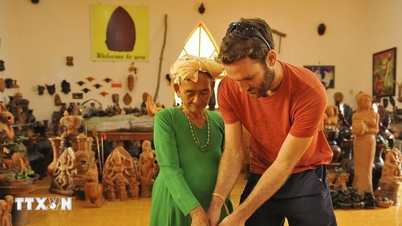










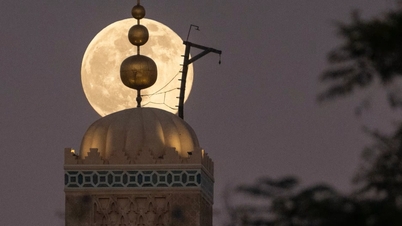




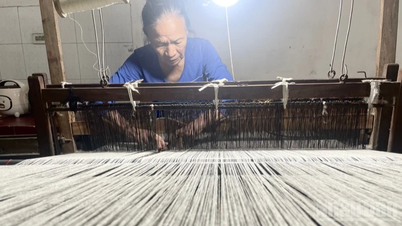

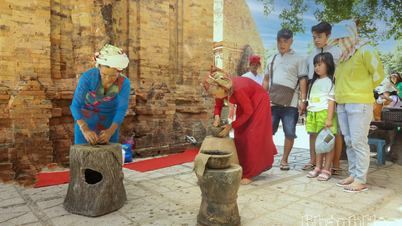

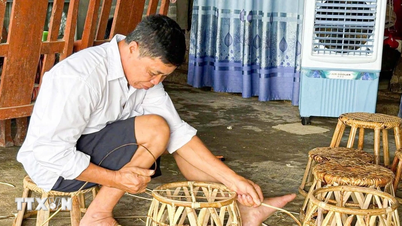
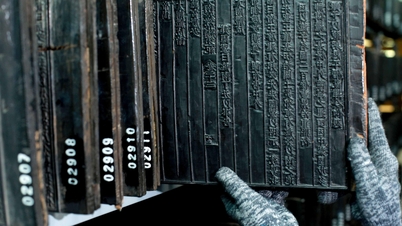










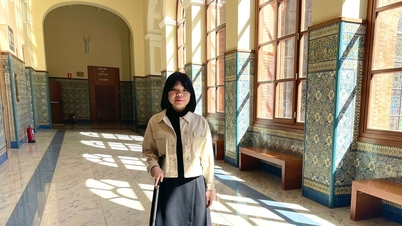

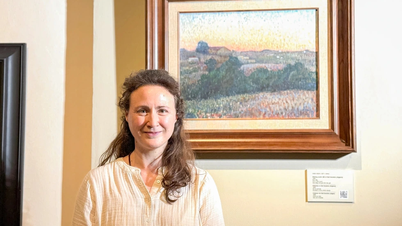
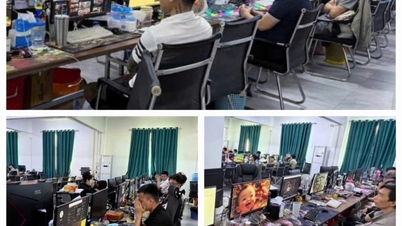














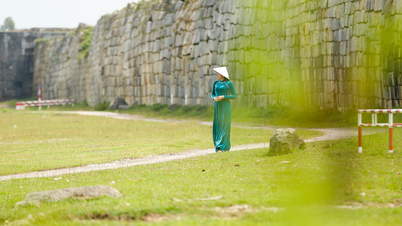

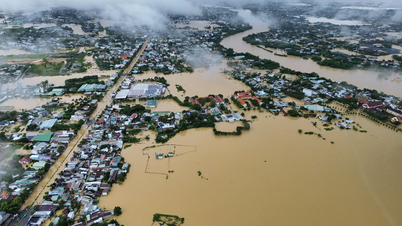



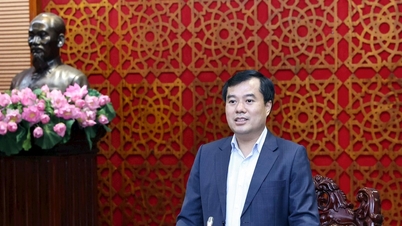




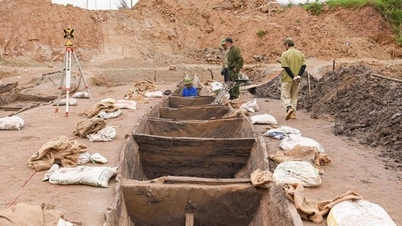



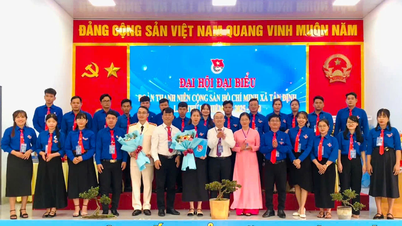


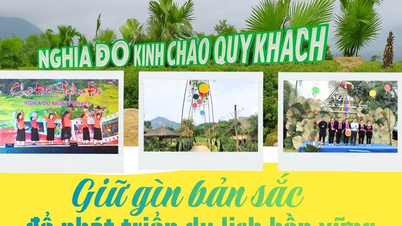



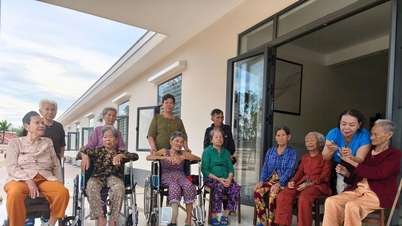











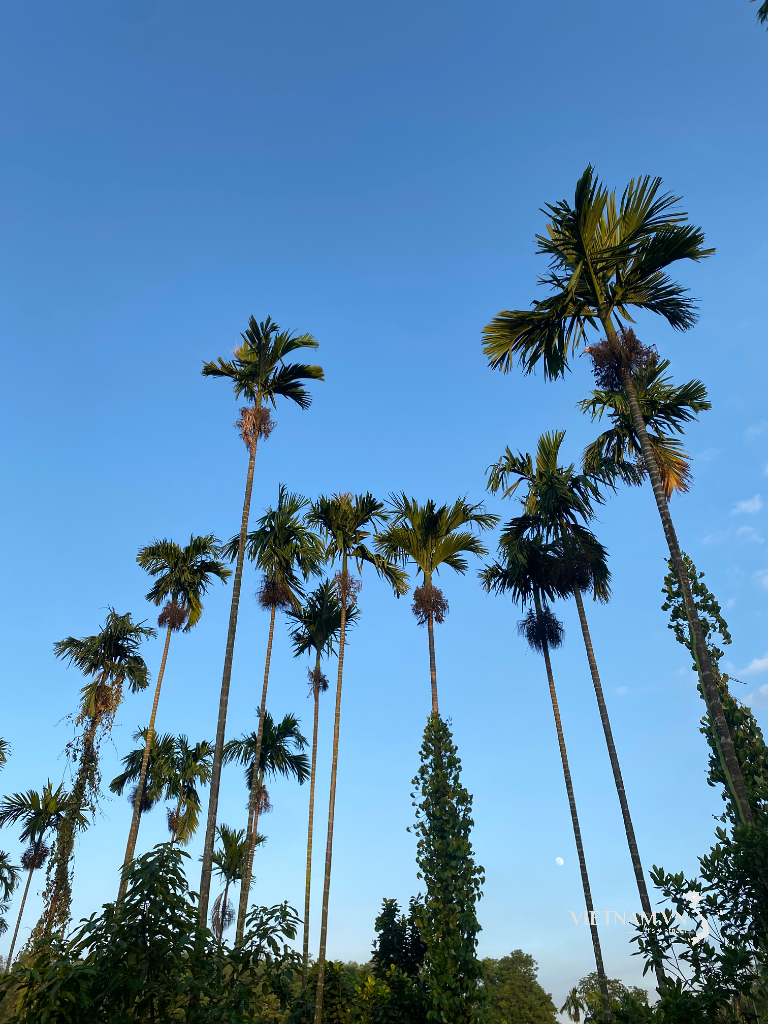






Comment (0)